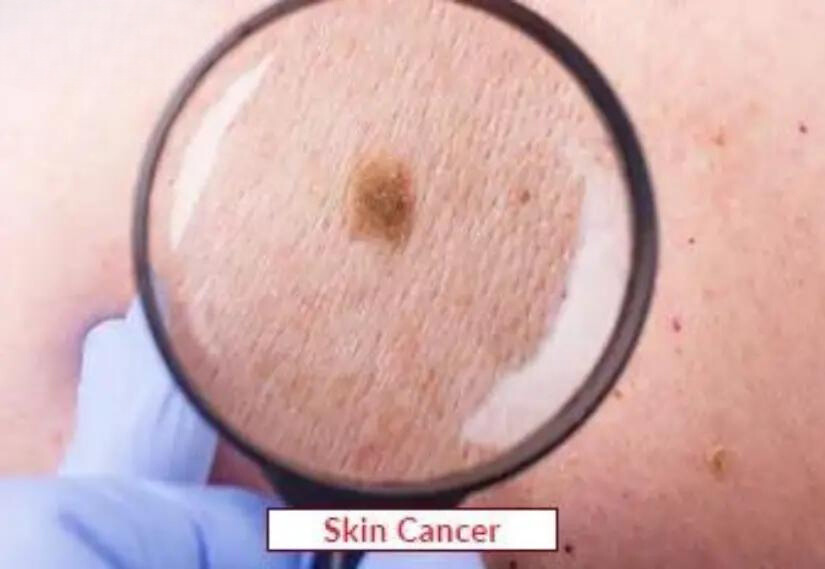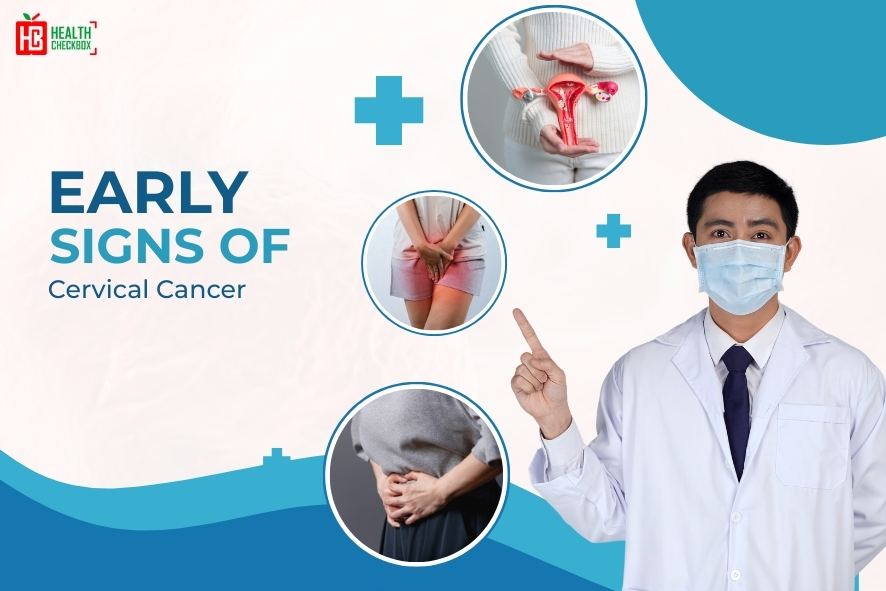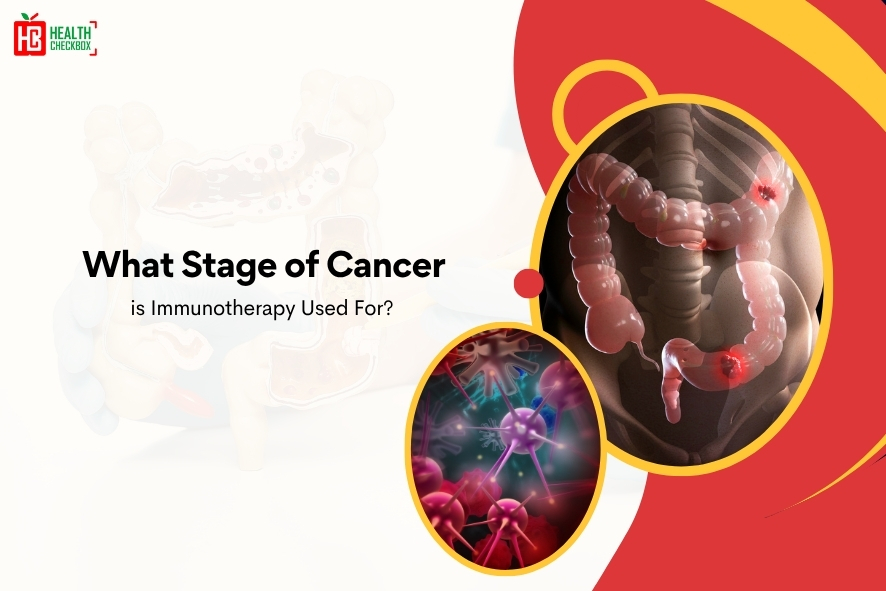Cutaneous horn is one of the skin concern that can affect both men and women. It is uncommon as compared to other skin lesions. A horn can develop at any age, but mostly affects the people between 60 and 70 years at higher risk. Cutaneous horns are hard and brownish-yellow in color, which looks like an animal horn. It is extracted from keratin, a protein found in fingernails and hair. The growth often resembles a cone or a horn and can vary in size and shape significantly. It can be malignant or premalignant skin lesions. If this condition is left untreated, it leads to damage to their skin. Its possible causes range from skin infection to cancer in patients. The cutaneous horn removal methods include shaving or trimming, electrosurgery, etc.
Before the selection of an appropriate removal approach, the nature of skin lesion can be assessed by a dermatologist. The importance of regular follow-ups is to monitor the signs of underlying skin condition at any area.
Causes of Cutaneous Horn
The excessive keratin growth leads to cutaneous horn on the skin. It mostly occurs due to sun-damaged areas and can be cancerous, precancerous, or harmless. This problem is extremely rare, particularly affects hands and feet. A horn can be cancerous or precancerous on the face as compared to other body areas. Its size increases the risk of malignancy in patients.
Symptoms of Cutaneous Horn
A cutaneous horn is the most common symptom, which appears as a large bump, corn, or hole on the skin. It occurs due to keratin growth, which may be white, brown, pink, etc. The curvature of the horn is getting worse while growing. This becomes harmful for each patient and results in skin damage. It appears in any body parts. Some of them are as follows:
- Arms
- Hands
- Ears
- Chest
- Face
- Head
A pain or infection may occur when the horn gets damaged. It mainly develops in those areas that are affected due to sun exposure.
Diagnosis & Tests
A dermatologist performs a thorough examination for the diagnosis of cutaneous horn. Below are the following steps:
- Physical Examination: The horn and the surrounding skin will be examined by a medical doctor.
- Biopsy: A dermatologist examines the base of your horn for cancerous and precancerous cells.
- Dermatoscopy: This procedure involves examining your skin lesions through a handheld instrument known as dermatoscope. It is also used in treating people suffering from hair, nail, and scalp disorders.
Cutaneous Horn Removal Treatments
The removal of cutaneous horn involves several approaches. These include the following:
- Surgical Excision: It is the most common treatment, which involves the removal of horn with the surrounding tissue. This procedure may be required for patients with larger cancerous cutaneous horns.
- Cryotherapy: It involves liquid nitrogen to blister cutaneous horn in patients. This procedure is effective for smaller horns. Multiple sessions are required for complete removal of horns.
- Electrosurgery: A cutaneous horn can be cut and removed through high-frequency electric current. This treatment is best suitable for patients with larger cutaneous horns. During removal, it controls bleeding in patients.
- Shaving or Trimming: It involves the removal of smaller and non-cancerous cutaneous horns. A dermatologist uses a scalpel or scissors for this process. This procedure requires no extensive surgery in patients.
- Curettage: This procedure involves a curette to scrape or scoop out the cutaneous horns in patients. When it combines with electrosurgery, a cutaneous horn can be removed thoroughly, which minimizes its risk of recurrence.
When to see a Doctor?
An individual must schedule an appointment with a healthcare professional while suffering from cutaneous horn. He or she must consult with a relevant doctor for the treatment when experiencing any symptoms. These include the following:
- Pain
- Hardening or puckering in skin
- Increase in horn size
- Brown, purple or redness at the base of the horn
Associated Conditions and Complications
A range of health problems are associated with cutaneous horn. These include viral skin infections, nevi, psoriasis, etc. The medical treatments are necessary in two of them, whereas others are benign. Cutaneous horn also develops another growth known as keratoacanthoma. It is rare in people with lighter skin and sun damage. This problem also affects older adults at a higher risk.
Surgical removal is recommended for reducing its risk. If it is not treated, then it looks like squamous cell carcinoma and becomes malignant for patients. The most serious conditions, which are related to cutaneous horn, are described below:
Squamous Cell Carcinoma: It is a most common cancer which occurs in people with malignant cutaneous horn. This problem develops at higher risk when the horn becomes painful, larger and discolored. A pink or red color may appear on lighter skin whereas purple, dark brown, gray etc., on darker skin.
Basal Cell Carcinoma: It is a rare cancer associated with cutaneous horn. This problem includes several risk factors such as excessive sun exposure, ionizing radiation, etc. These factors are delivered from X-ray or CT scan machines. The risk may be increased through weakened immune system, genetic factors, age, and existing scarring.
Melanoma: It is a very rare cancer as compared to basal cell carcinoma. This problem develops from cutaneous horn which consists of several contributing factors such as sun exposure, skin-inflammation etc.
How to Prevent Cutaneous Horn?
You can minimize its risk factors, which provides protection from cutaneous horns. Below are the following instructions
- Wear sunscreen and protective clothing while going out.
- Avoid excessive exposure to sunlight from harmful Ultraviolet (UV) radiation.
- Get regular dermatological checkup for early detection.
Latest Health Tips
Can Immunotherapy Cure Stage 4 Lung Cancer?
Early Signs of Cervical Cancer
Foods that Kill Cancer: Leafy Vegetables, Grains, & More
What Stage of Cancer is Immunotherapy Used For?
Which is Worse for Cancer, Sugar or Alcohol?
Vaccines That Prevent Cancer
What Kills Cancer Cells in the Body Naturally?
5 Early Warning Signs of Bone Cancer
Submit Your Enquiry
Testimonials


























